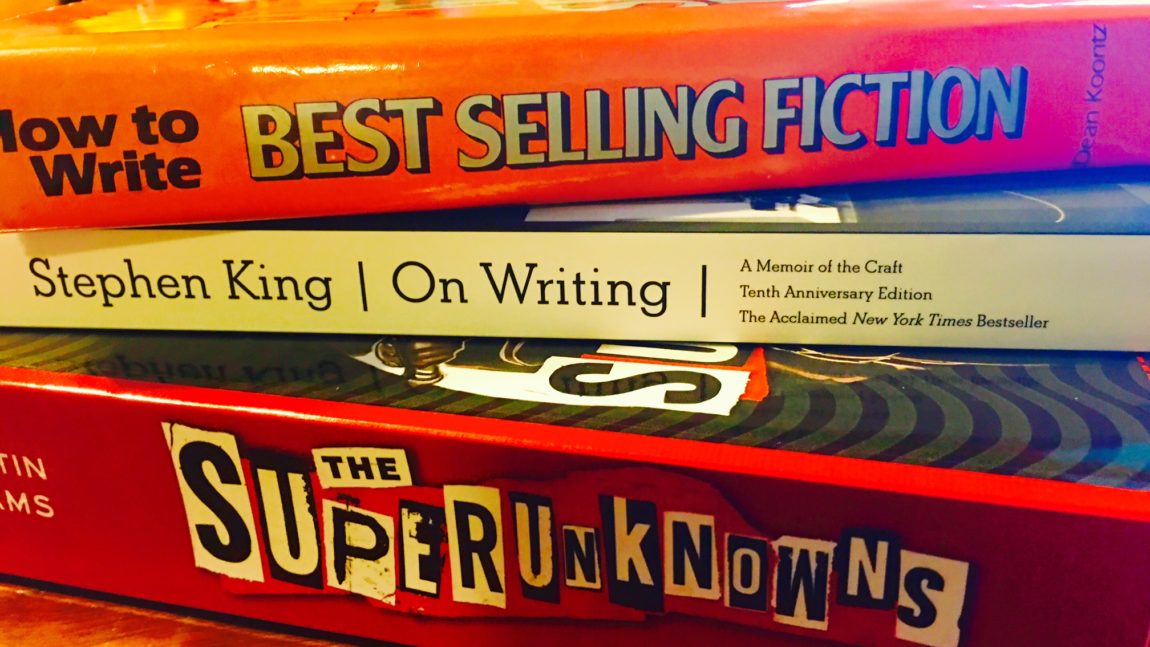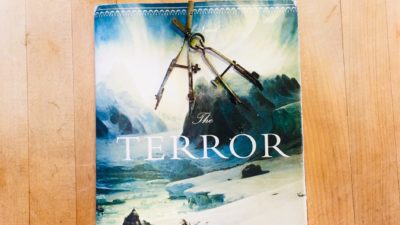We’re talking about YOUR rules!
What is the standard by which YOUR novel will be written? What rules will YOU follow? What is the definition of a perfect novel or story to YOU?
The true and correct answers to such questions are determined none other than by YOU.
Stephen King has written that you must write for yourself. Write the story that you want to be told in the way that you want it to be told. I totally agree with that, which means you’ve got to know how you’re going to get from point “A” to point “B”.
Before you’ve put down a single sentence, I suggest that you spend some dedicated time thinking carefully about the standard by which your masterpiece will be judged.
In so doing, I recommend that you read the following books:
1. “On Writing: A Memoir of the Craft,” by Stephen King (Scribner 2010) – CLICK HERE.
2. “How to Write Best Selling Fiction,” by Dean R. Koontz (Popular Press Limited 1981)– CLICK HERE.
3. Kurt Vonnegut’s eight rules for creative writing (see below).
These guides to writing provide an excellent source from which to legislate your own rules of the road. Drawing from these sources, I’ve done my best to draw the story in a novel according to the following qualities:
1. Strong plot, including a powerful archetype, “nugget” and/or theme, i.e. what your story is “about” (more about this in the next step)
2. A great deal of action
3. A hero who you desperately want to be or know
4. A hero who gets into a lot of trouble
5. Colorful, imaginative, and convincing characterizations.
6. Clear, believable, character motivations.
7. Well-drawn backgrounds.
8. Writing that is familiar with English language.
9. Lyrical language
Kurt Vonnegut’s eight rules for creative writing are these:
1. Use the time of a total stranger in such a way that he or she will not feel the time was wasted.
2. Give the reader at least one character he or she can root for.
3. Every character should want something, even if it is only a glass of water.
4. Every sentence must do one of two things — reveal character or advance the action.
5. Start as close to the end as possible.
6. Be a sadist. No matter how sweet and innocent your leading characters, make awful things happen to them — in order that the reader may see what they are made of.
7. Write to please just one person. If you open a window and make love to the world, so to speak, your story will get pneumonia.
8. Give your readers as much information as possible as soon as possible. To hell with suspense. Readers should have such complete understanding of what is going on, where and why, that they could finish the story themselves, should cockroaches eat the last few pages.
When writing novels, I particularly tried to follow Vonnegut’s number “3” (every character should want something) (he’s not the only author who’s advocated this rule). In “The Superunknowns,” twin girls want to escape from an underground military base to save their father from a labor camp and learn the secret of massive UFOs which seemed to have given them superpowers. In “The Morning Tree,” a centurion wants to find the gospel written by Jesus and catch the rouge disciple who took it.
Now I know – you’re scoffing about the scope and breadth of these rules. Volumes have been written about each one, not to mention several standards that you may feel that I’ve omitted. This is one of many reasons that in writing this guide that I outsource much of this subject to masters who’ve already written about the so-called rules of the road. These sources will not tell you what your rules are going to be. But they will give you a solid starting point from VERY successful writers of best sellers. And you’re going to follow only those rules you choose. Vonnegut himself acknowledges that writing “rules” are subjective, meant to be broken. He said, “The greatest American short story writer of my generation was Flannery O’Connor … She broke practically every one of my rules but the first. Great writers tend to do that.”
Regardless of what rules to choose to follow, the most important one is this — WRITE TO PLEASE YOURSELF. If zombie books are in, don’t write one just because you think it will sell (i.e. don’t write to money as an audience). But if you have a burning DESIRE to write a zombie story, whether they are “in” or not, do it damn it! Do not pull any punches! For example, if you need your characters to cuss, then by Jove, give them a potty moutH. Don’t worry about what your friends and family might think, either. (Go back and re-read Step One about having chutzpah.) Write the story you’ve always wanted to hear, your deepest, strongest daydreams! This is your opportunity to let loose, baby, so do it now, without any further delay.
A few comments on the King and Koontz guides above ….
Depending on what version of King’s work you pick up, DON’T DO THE HOMEWORK AT THE END. Or at least, don’t do it thinking you’re going to email it to him for his review and consideration. He’s no longer reading his mail on this. He’s had too many responses and is just too busy to be bothered. But if you want to do his homework for yourself (which is what you should be doing anyway), well okay, do it and keep it to yourself.
Yes, I know, Koontz’ book was published in 1981, before people even had desktop computers. And this guy is still writing best sellers! Even if some of his advice is outdated (and I don’t think it is), you’re only going to adopt the rules that you agree with. This book is out of print and it is hard to come by, depending on when and where you find it. I bought my copy, a first edition printed in England, for $80.00, used via Amazon.com. I’ve since seen them priced as low as around $40.00. As of the date of this writing (07/17/2016), the lowest used copy listed on Amazon for $109.98. Just bite the bullet and buy the thing (ugh, I know!), or find one to borrow, or scour the public library system for a copy. I obviously believe that this book is important enough to spend $100.00 on, so if you have the dough, forego sushi dinners for a week (ahem), and just buy it.
In the next step, we’re going to talk about your powerful archetype or nugget that will drive your story.
Cheers!
Austin
Copyright (c) 2016, Austin Reams, all rights reserved.




Add Comment